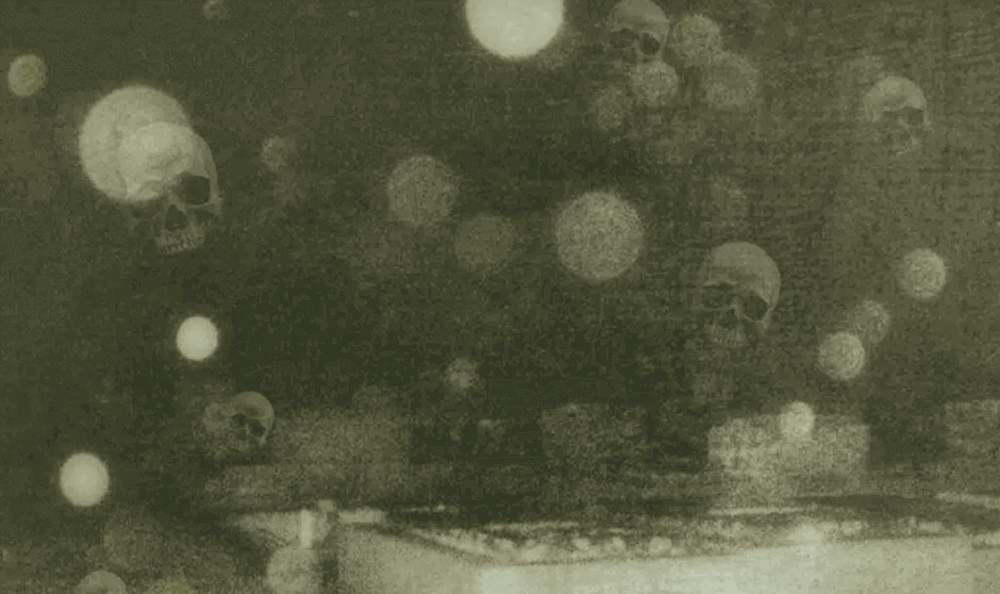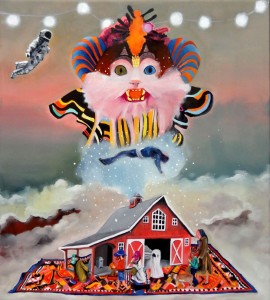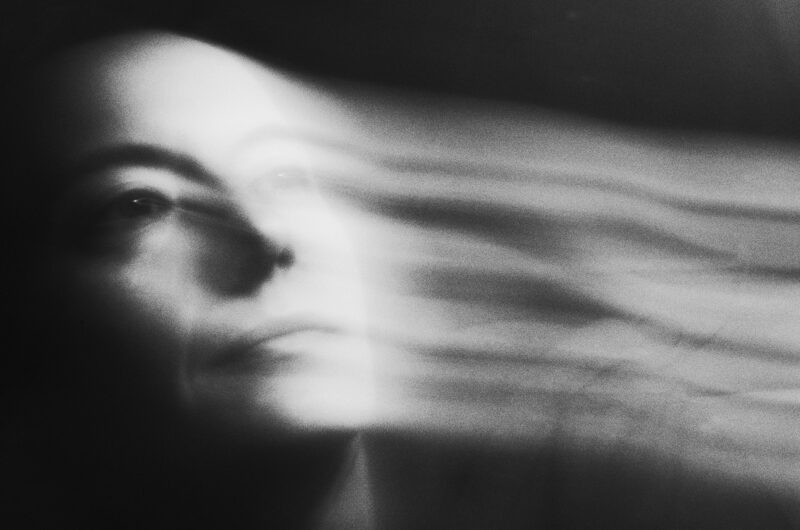
Orbs in photographs are mysterious and often circular light forms that have sparked curiosity and debate among photographers and enthusiasts alike. Are they mere reflections of dust, water, or light, or do they signify something more? Perhaps even paranormal? This article delves into the various explanations behind these fascinating photographic anomalies, exploring natural and supernatural perspectives.
From the technical aspects of camera types to personal accounts, we unravel the mystery surrounding these enigmatic orbs. Join us as we navigate the intriguing world of photographic orbs, balancing scientific reasoning with a touch of the unexplained, where we will explore the mystery of orbs in photographs. Are they dust, reflections, or signs of the paranormal?
Understanding Orbs: Dust, Water, or Paranormal?
Natural elements like water droplets, insects, dust, or light reflections mainly cause orbs in photographs. These particles are often too small to see with the naked eye. They become illuminated by the camera flash, which results in the appearance of orbs. Environmental factors like humidity or airborne particles play an important role in their formation. These explanations may cover most orb occurrences, but there is a remaining segment of interest in the paranormal community. In this genre, orbs are sometimes considered spiritual presence or energy indicators. Particularly in photographs taken in historically or emotionally significant locations. This interpretation is, however, speculative and does not have scientific backing. The subject needs to be approached with a balanced perspective that acknowledges both the commonplace and the unexplained aspects of photographic orbs.
Natural Causes of Orbs in Photography
Factors like lens flare, flash reflections, and imperfections on the camera lens primarily cause orbs in photography. When the light from a camera flash or another bright light source hits obstructions, it often creates orb-like shapes in the final photograph. As mentioned, environmental conditions, like airborne dust, high humidity, and pollen, play a crucial role in forming orbs. When these elements are suspended in the air in a concentrated manner, they can reflect or refract light in ways that result in the appearance of orbs. Understanding these natural causes and considering physical and environmental factors to demystify orb sightings in photography is important.
Paranormal Perspectives: Beyond the Lens
From a paranormal point of view, orbs in photographs are often seen as manifestations of spirits or supernatural entities. Some paranormal investigators and enthusiasts believe that orbs are energy from a different realm captured through photography, aligning with the definition of an orb as understood in paranormal circles. Cultural beliefs, anecdotal evidence from spiritual mediums, and ghost hunters often reinforce this view.
These people state that orbs appear more frequently in places with reported paranormal activity or historical significance, which suggests a connection beyond mere coincidence. This perspective may not have scientific validation, but it continues to intrigue and captivate those interested in the supernatural.
This viewpoint adds a layer of mystery to the phenomenon of photographic orbs. This paranormal interpretation highlights the intersection of photography with the unexplained, offering an alternative explanation steeped in mystery and cultural lore.
Differentiating Between Natural and Paranormal Orbs
You must scrutinise aspects like brightness, colour, and location to distinguish between natural and potentially paranormal orbs in photographs. Natural orbs tend to display uniformity in shape and brightness and are often white or pale.
They usually appear near the light source or in high dust or moisture areas. Orbs thought to be paranormal may exhibit irregular patterns with varying colours or distinct brightness that set them apart from the background. These orbs are often observed in locations with historical or spiritual significance, and sometimes, their appearance cannot easily be attributed to environmental factors.
There may not be a definitive way to classify orbs as natural or paranormal, but paying attention to these details can provide insight into their potential origins. Considering all possible explanations, this differentiation must be approached with a critical eye and open mind.
Technological Factors: Camera Types and Orb Formation
The formation of orbs in photography is significantly influenced by the type of camera and its settings. Digital cameras, especially those with small sensors, are more likely to produce orbs because of their greater depth field and sensitivity to light sources, like a camera flash. This sensitivity often amplifies tiny, reflective particles like dust or moisture, creating the appearance of orbs.
Film cameras have different processing techniques, and while they tend to capture fewer orbs, they still produce the phenomenon. The quality of the camera lens also plays an important role. A dirty or scratched lens can scatter light and lead to orb-like shapes. Using a flash is also a significant contributing factor, especially in low-light conditions where it can illuminate particles close to the lens that are otherwise invisible.
Understanding these technical factors helps you identify the natural causes behind orb appearances in various photographic conditions.
Personal Accounts and Experiences
There are a lot of people who have reported intriguing encounters with mysterious orbs in their photographs. A photographer from Cornwall captured what she described as “glowing orbs” in a series of night shots at a historic castle. This left her puzzled yet fascinated. A family in Yorkshire noticed several small, bright orbs hovering around their children in a series of garden photos, which sparked curiosity and wonder. A hiker in the Scottish Highlands shared an experience of capturing unexplained colourful orbs in a photo taken near an ancient monument.
While these anecdotes are intriguing, they are presented as personal experiences and do not serve as definitive proof of paranormal activity. These are just some accounts that reflect the diversity of experiences with photographic orbs across the UK. It highlights how these occurrences can stir the imagination and evoke a sense of mystery, no matter their cause.
Conclusion
For some, the enigmatic orbs in photographs present a fascinating intersection between technology, science, and the supernatural. While natural explanations and camera technicalities account for many of these occurrences, the allure of a paranormal connection continues to captivate the imagination.
This exploration into the world of photographic orbs reminds us of the importance of maintaining a balance between scepticism and openness to the unknown. As you encounter orbs in your photography, we encourage you to approach them critically, considering the various factors that could be at play.
Allow yourself to ponder the less explainable aspects, embracing the mystery that photography can sometimes present. You can visit https://fadmagazine.com/ for more exciting information on photography.









